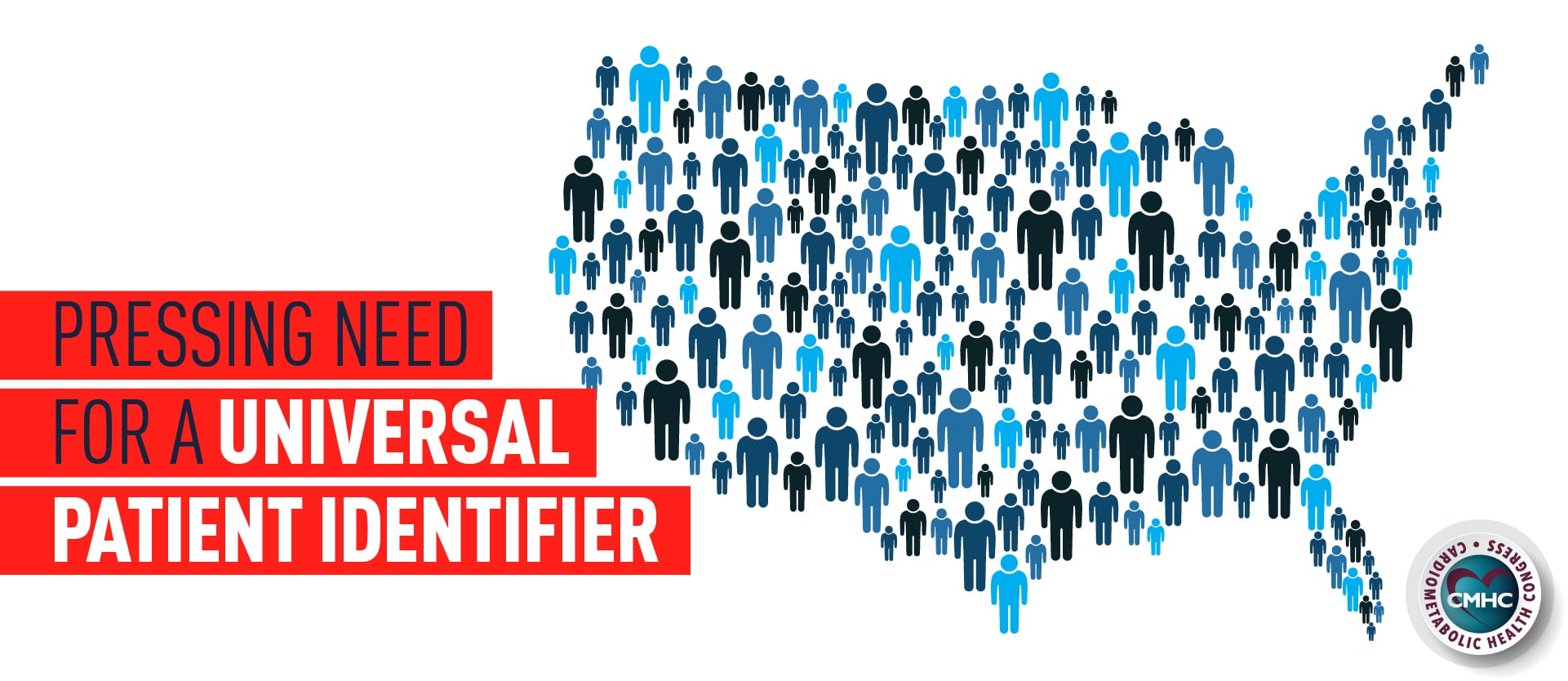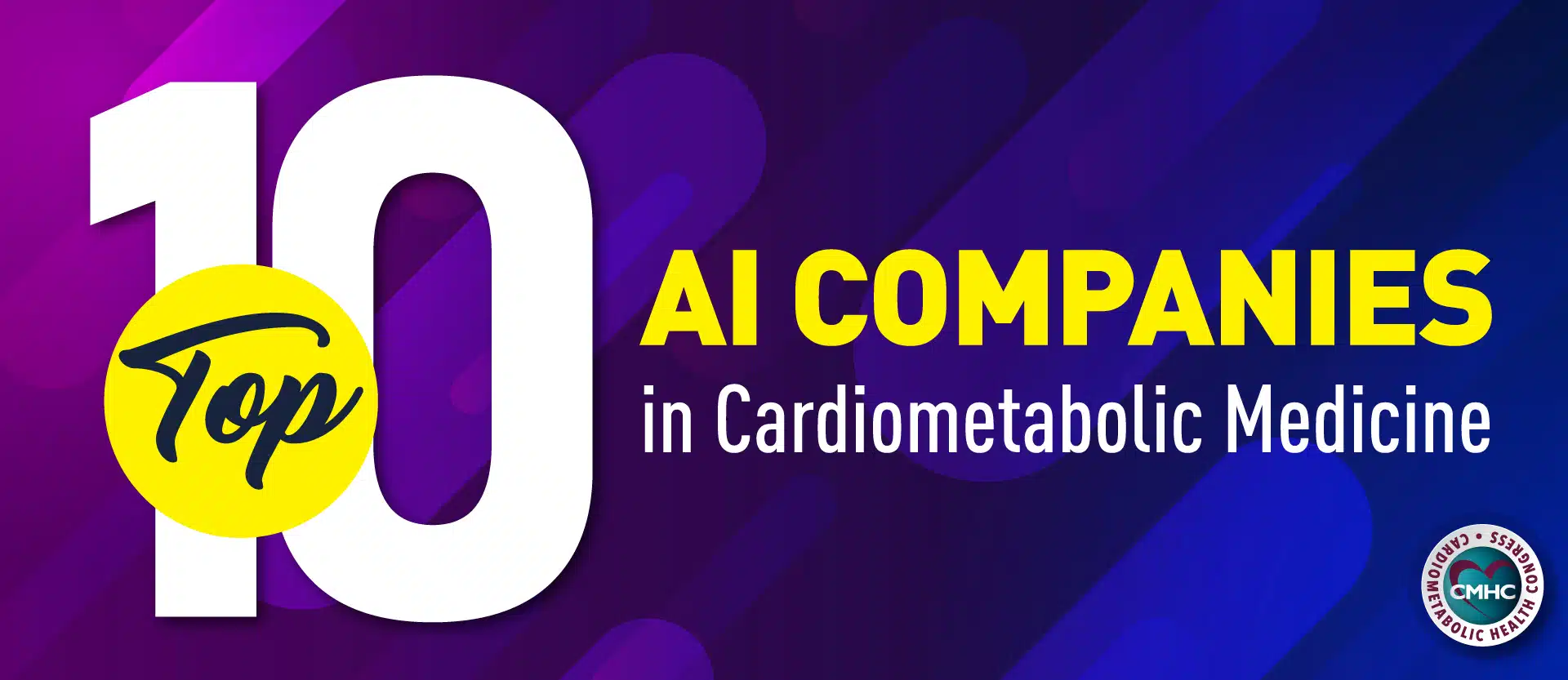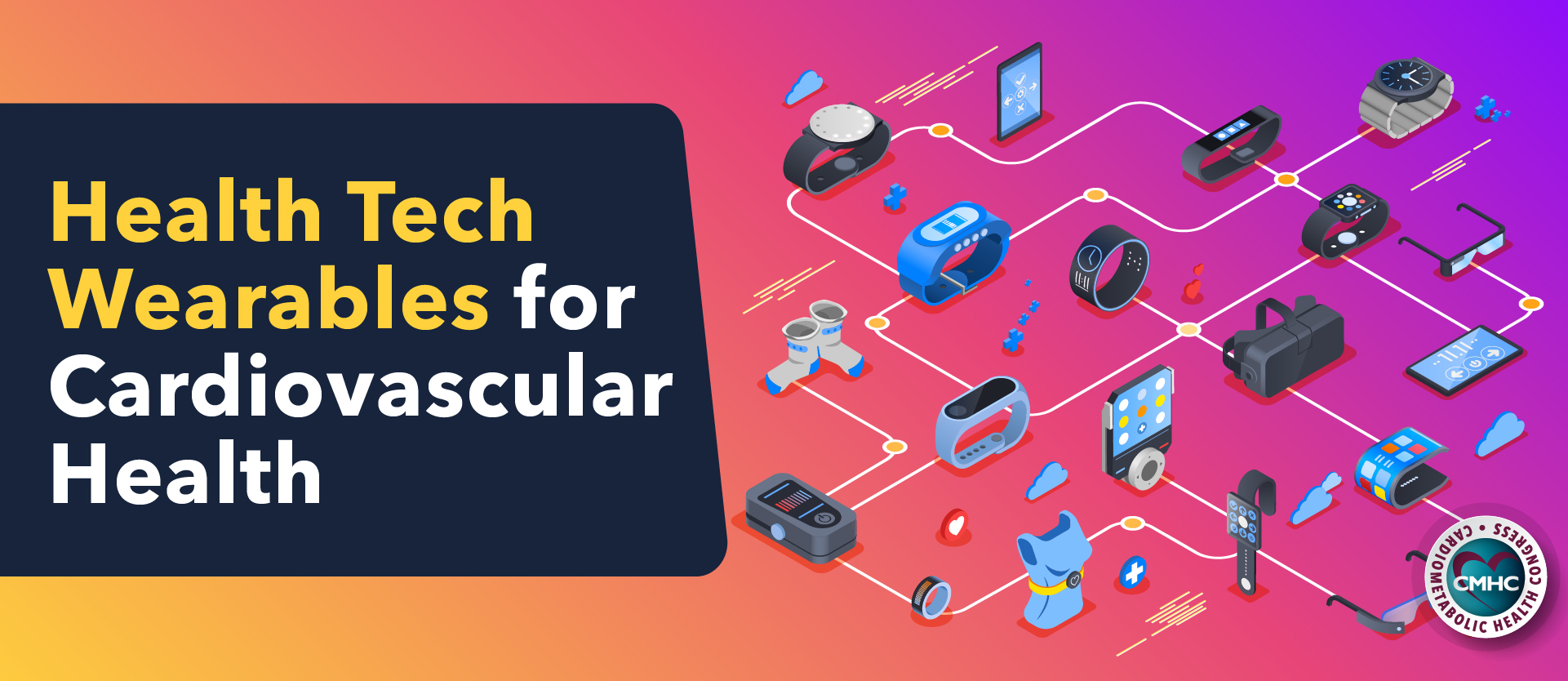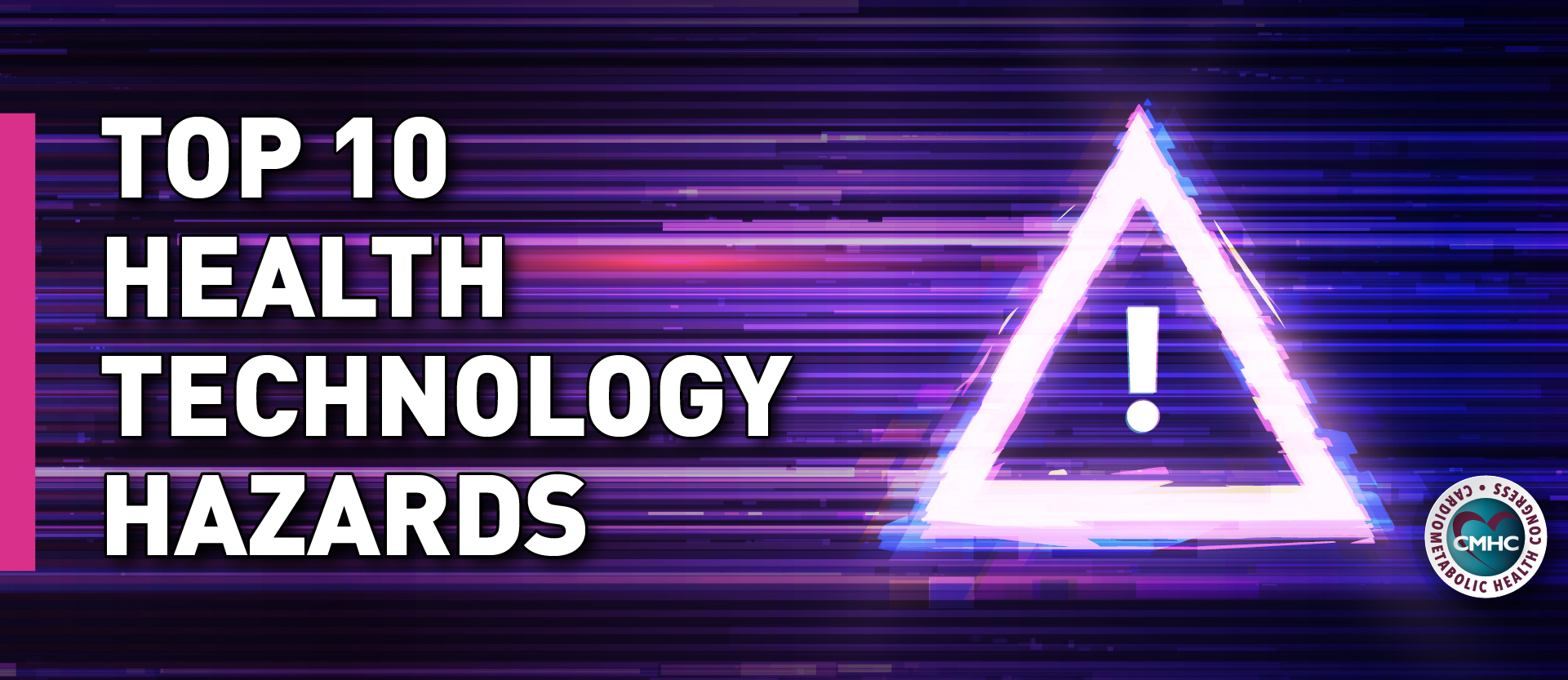Disparate data in healthcare system’s have caused widespread challenges in the delivery of care for decades, hindering daily operations and even potentially leading to adverse health outcomes. Currently available technologies for matching data with patients are inadequate and remain a complex healthcare concern as one error can easily metastasize and be propagated to other systems. At the moment, the U.S. is the last developed country in the world without a universal patient identifier (UPI) – a much-needed method of streamlined patient identification.
Conventional matching systems are poor and getting worse with an average duplicate record rate of 18% reported in 2018, according to Mark LaRow, CEO of Verato a company that focuses on referential matching. The issue continues to worsen due to sheer scale as inadequate technology is incapable of handling the increased exchange of information. In light of the current public health crisis, experts stress the long-standing need for UPIs to not only promote efficiency at this time, but also guarantee an enhanced standard of care.
UPI and Healthcare Interoperability
The idea of a national patient identifier was proposed many years ago as part of the Health Insurance Portability and Accountability Act (HIPAA) as a way of advancing healthcare and healthcare informatics. However, an appropriations rider added in 1999 prohibited the use of federal dollars to create or adopt a unique health identifier and efforts were largely halted.
Today, the COVID-19 pandemic has helped demonstrate the need for enhanced clinical interoperability; placing immense strain on the healthcare system, the crisis has exacerbated the current lack of interoperability. Initiatives such as setting up alternative care sites to handle surges in patients, tracking which patients have been tested, types of tests, and ensuring emergency doctors have complete medical histories are made difficult by the lack of data exchange. A universal database used to implement patient identifiers could immensely improve testing, tracking, and tracing of the COVID-19 virus as it could provide information on who has or has not been immunized, antibody presence, and other valuable factors.
Ready access to patient information such as age, preexisting health conditions, genetic factors, social determinants of health, prior procedures, and medication history could have invaluable implications for public health, medical, and scientific experts working to identify high-risk patients. Physicians on the frontlines and those catering to non-emergent care needs would be better able to make informed, personalized care decisions quickly and accurately with access to such patient data.
Potential Solutions
Transforming the current healthcare system into a fully interoperable, data-driven system of comprehensive patient information is not an easy task. There are several potential methods of solving this problem, however, regardless of the technique used it would have to be ubiquitously implemented and clear on protocols for the protection of patient health information and privacy.
One solution involves eliminating matching systems and instead, focusing on a single patient identifier, which could be implemented via a mobile application, a physical card, or a biometric identifier – the most viable long-term solution according to experts. Additionally, there could be a push to improve current data collection methods through standardization methods such as inputting data through a universal mobile app or utilizing biometrics. Alternatively, improving the matching technology by using benchmark testing or referential variations could bring immediate results while not requiring universal adoption to become efficient in the short-term.
The COVID-19 pandemic highlights the pressing need for interoperability, revealing the power of data and providing an example of the technology landscape that can serve the system’s future needs. At this time, access to diverse patient data could help medical experts track COVID-19 spread as research shows claims data could be used to detect anomalies in correlations between flu testing and flu diagnoses as well as accurately predict surges in regional COVID-19 cases. Leveraging this data could help public health officials forecast areas at high-risk for a virus outbreak and implement protective measures in time. In addition, more universally accessible health data could help local and state governments determine the viability of reopening by allowing them to predict how their communities will respond to reopening procedures.


















